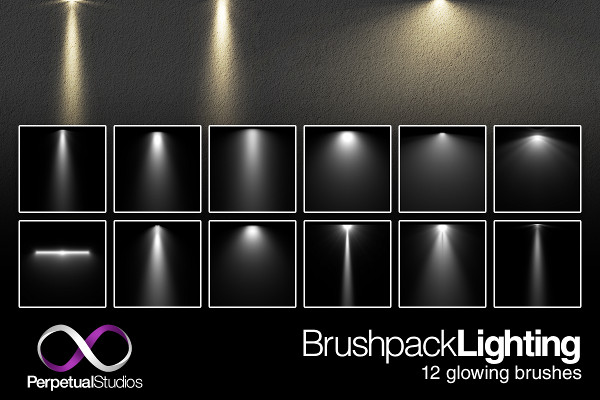

(Turnover lines and the second and succeeding lines in any one index entry.)

The aim here would be that main entries are at the left margin, subentries are indented slightly from the left margin, and all turnover lines for both levels would indent to the same point. We have to take this into account when we set the indentation for our main entries, to keep readers from getting confused. Okay, so how about a 2-level index? The second level entries have to be indented so they appear underneath and obviously subsidiary to the main entries. This is what such an index would look like: For reasons we’ll discover in a minute, I use a fairly small indent, usually 9 points (.125 inches, usually known as 1/8 inch). In a simple index with only one level (all entries are main entries) this is pretty easy to accomplish. That depends on how many levels of entries you have. All entries will use a hanging indent where the first line of the entry is longer than subsequent lines, which are more deeply indented.

Probably the most confusing part of formatting an index is the way the indentation works. (Don’t forget that once you get the file placed in InDesign, you’ll want to swap out the local formatting-usually there’s a lot of italics in indexes-for a character style.) Establish Levels, Set Indents

The important thing is to make sure you are mapping your paragraph styles accurately to the styles or tags included in the index file. InDesign gives you a lot of choices including format-dependent searches and the aforementioned Import Options. You might want to do this through InDesign’s Import Options dialog (check the box for “Show Import Options” when you go to Place the file) or however you usually do this with your text files.
#INDESIGN ADOBE SOFTWARE#
This program can “export indexes as formatted documents (Rich Text Format, QuarkXPress, InDesign, plain text, tagged text)”ĭepending on the software used, the format the file was exported to, and whatever your personal workflow is, you’re going to need to assign paragraph styles to the various index elements and levels. Indexers use dedicated programs such as Cindex indexing software. Typically the file for your index will come from the indexer with formatting information included, otherwise you would have no way to tell which are main entries and which are subentries. Once we get the file from your indexer into InDesign, we’ll need to format each of these elements to complete the index.
#INDESIGN ADOBE PROFESSIONAL#
An index is constructed from the concepts behind the terms and people cited within your book.įor that you need an indexer, a skilled professional who understands how readers will use this customized “search” section of your book. Although it seems that more books are published without indexes every year, savvy self-publishers know that including an index is one way they can make their print books stand out.Ī proper index can’t be produced automatically by your word processing software. There are many nonfiction books that need an index to be complete.


 0 kommentar(er)
0 kommentar(er)
